Augmented Reality: A Unique Transformation Of The Beauty In The World And 10 Benefits Of AR.
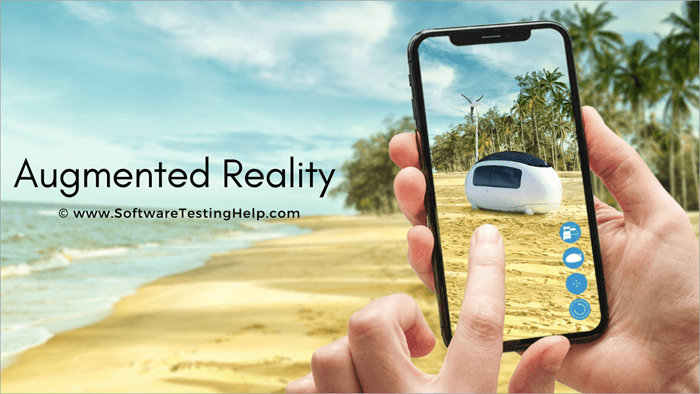
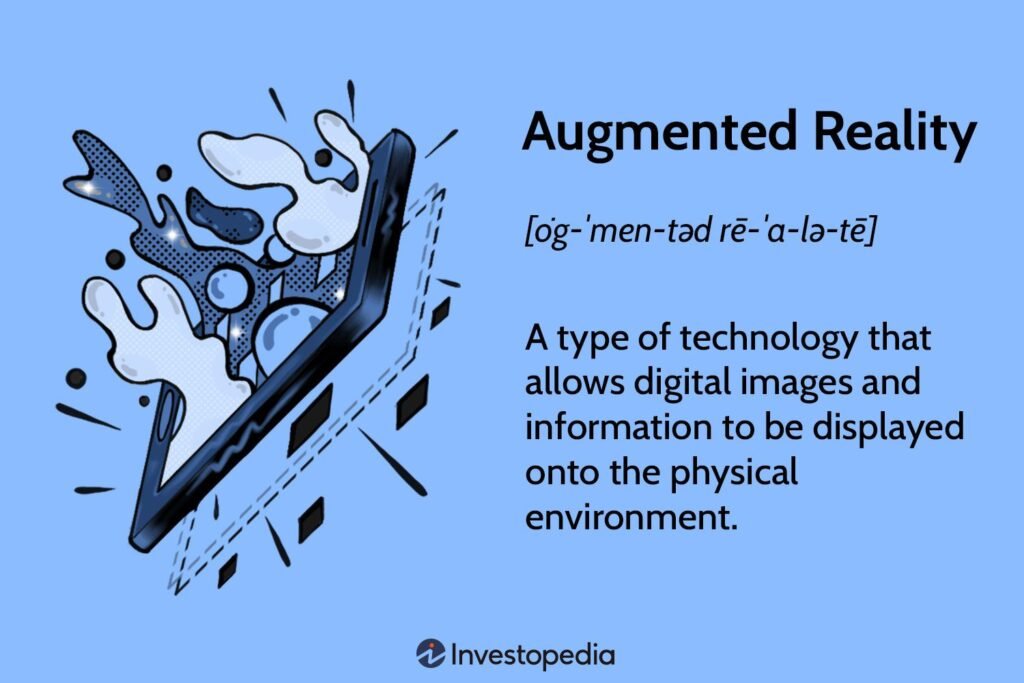
AR:
Augmented Reality (AR) has emerged as a revolutionary technology that blends the virtual and physical worlds, enhancing our perception and interaction with reality. Unlike virtual reality, which immerses users in a completely digital environment, AR overlays digital content onto the real world in real-time.
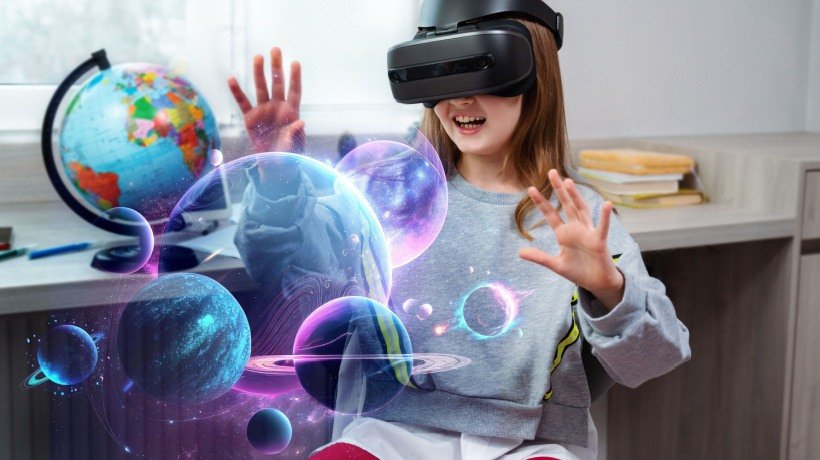
Historical Perspective of Augmented Reality:
AR’s roots trace back to the 1960s, but significant advancements have occurred in recent decades. Early applications were confined to military and industrial use, but with the rise of smartphones, AR became more accessible to the general public.
Key Components of Augmented Reality:
-Hardware:
AR experiences are facilitated through devices like smartphones, AR glasses, or headsets equipped with cameras, sensors, and displays.
-Software:
AR software processes real-world data and integrates digital elements, often relying on computer vision and simultaneous localization and mapping (SLAM) technologies.
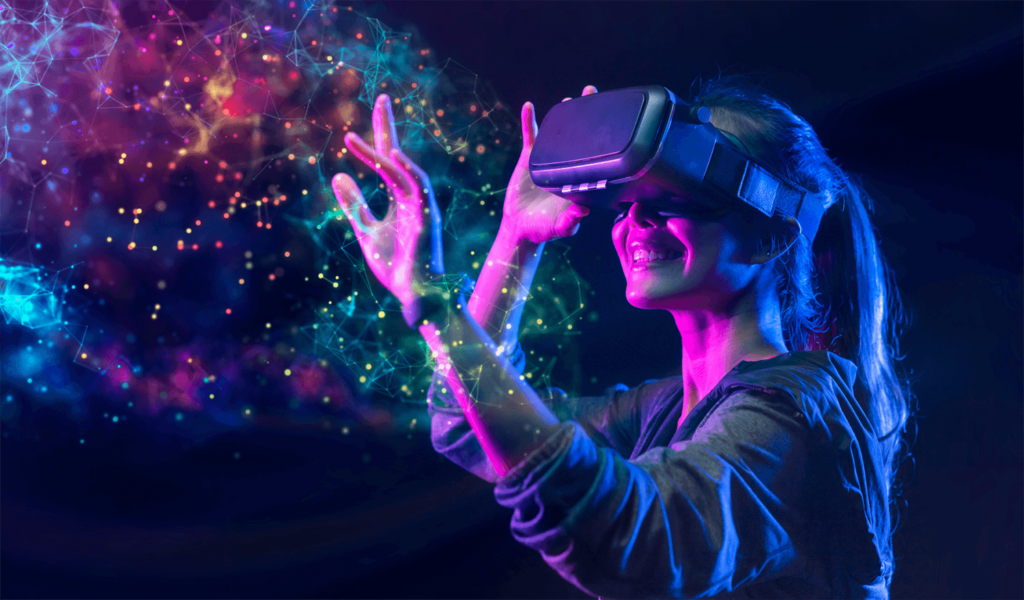
Applications of Augmented Reality:
1. Gaming:
Pokémon Go marked a turning point, demonstrating the potential of AR in gaming by blending digital creatures with the real environment.
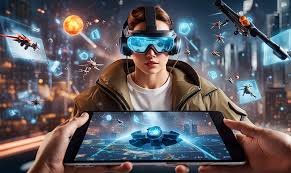
2. Retail:
AR is transforming the shopping experience by enabling virtual try-ons, allowing customers to visualize products in their homes before purchase.
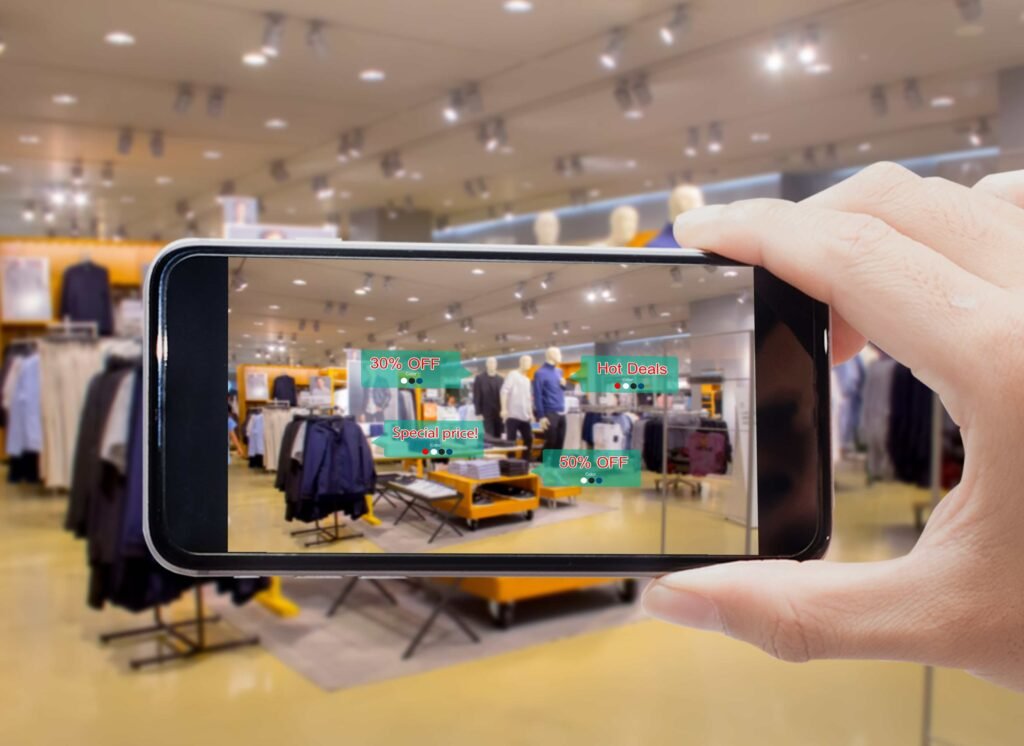
3. Education:
AR enhances learning by providing interactive and immersive educational content, making complex subjects more engaging.

4. Healthcare:
From surgical planning to medical training, AR is making significant contributions to the healthcare sector by improving diagnostics and treatments.

5. **Enterprise:** In the business world, AR is streamlining workflows, aiding in remote assistance, and enhancing employee training and productivity.
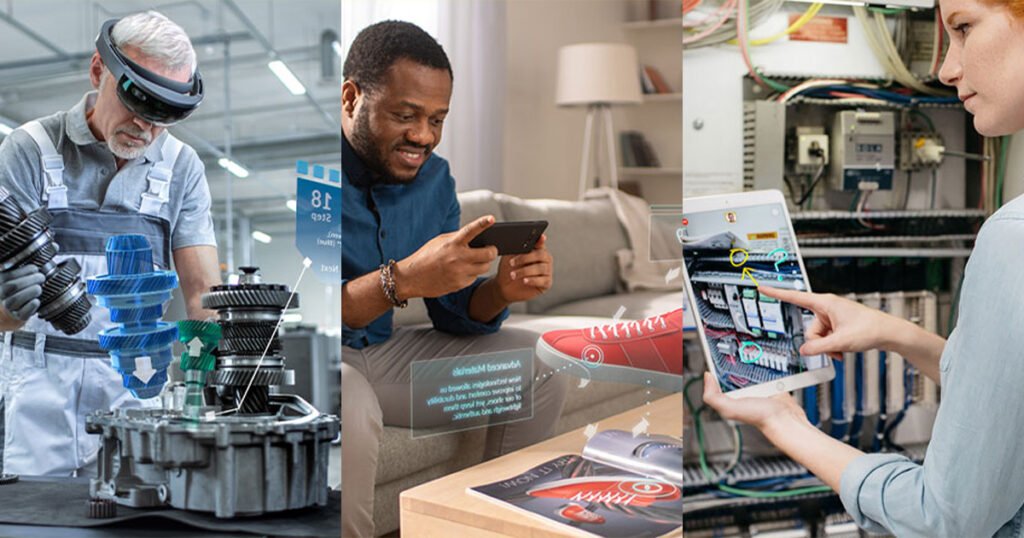
Challenges and Limitations:
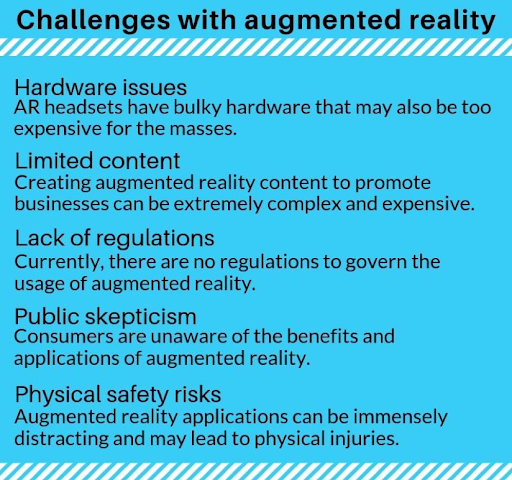
– Technical Constraints:
AR technologies face challenges like limited field of view, battery life, and processing power, which can impact user experience.
– Privacy Concerns:
As AR applications involve real-world data, privacy issues arise, necessitating clear regulations and safeguards.
– Social Acceptance:
Widespread adoption of AR may be hindered by societal factors, including concerns about distraction and dependence on digital interfaces.
Future Trends in Augmented Reality:
1. Wearable AR Devices:
The evolution of AR glasses and smart lenses is expected to redefine how we engage with AR, making it more seamless and integrated into daily life.
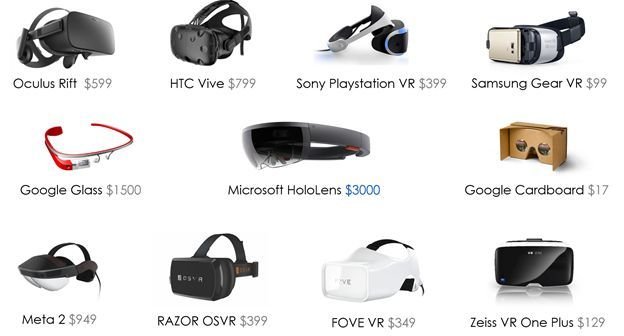
2. 5G Connectivity:
The rollout of 5G networks will enhance AR experiences by providing faster and more reliable connectivity, crucial for real-time data processing.

3. AR Cloud:
The development of an AR Cloud, a shared digital space overlaying the real world, will enable persistent and collaborative AR experiences.
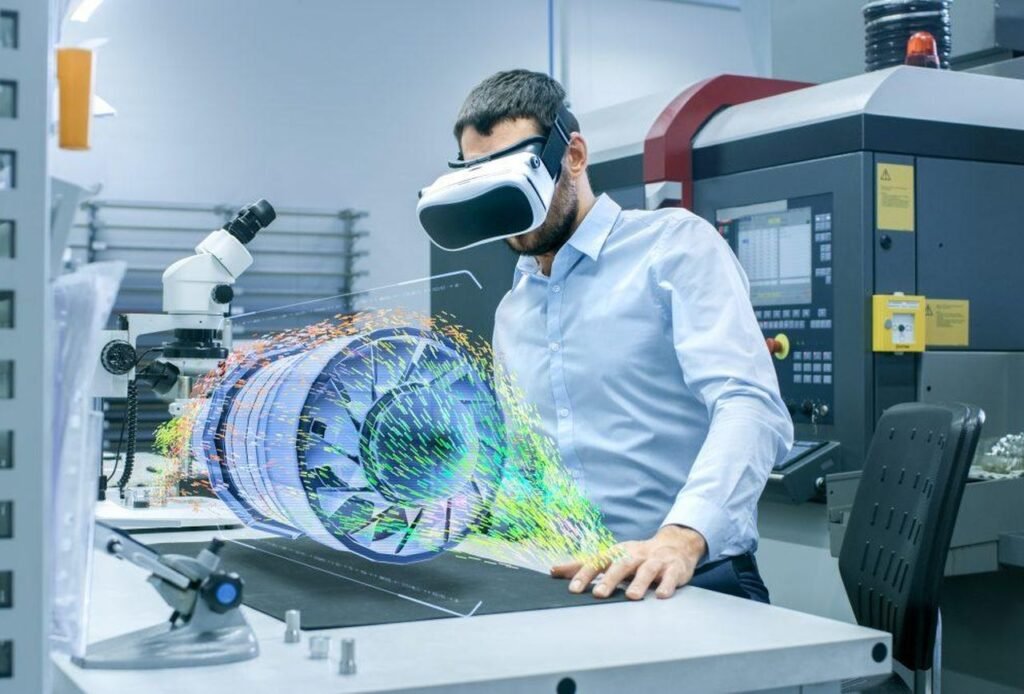
4. AI Integration:
Artificial intelligence will play a pivotal role in enhancing AR capabilities, enabling more intelligent and context-aware interactions.
As augmented reality continues to evolve, its transformative impact on various industries and aspects of our daily lives is undeniable. From changing how we play games to revolutionizing how we shop and learn, AR’s potential is vast. The ongoing advancements in hardware, software, and connectivity indicate that the journey of augmented reality is only just beginning, promising a future where the boundaries between the digital and physical realms blur even further.
5 Benefits Of Augmented Reality in the Entertainment Setting:
1. Immersive Content Quality:
Augmented Reality faces the challenge of consistently delivering high-quality immersive content for entertainment. Maintaining a seamless blend of virtual and real-world elements demands advancements in graphics rendering, spatial tracking, and real-time interactivity. Achieving lifelike experiences is crucial to captivate users and elevate AR entertainment beyond novelty.

2. User Interface Design:
Designing intuitive and user-friendly interfaces for AR entertainment poses a significant challenge. Creating interactions that feel natural within the augmented space, considering both gesture-based and voice-controlled commands, requires careful consideration. Striking the right balance between simplicity and functionality is essential to ensure a positive and engaging user experience.
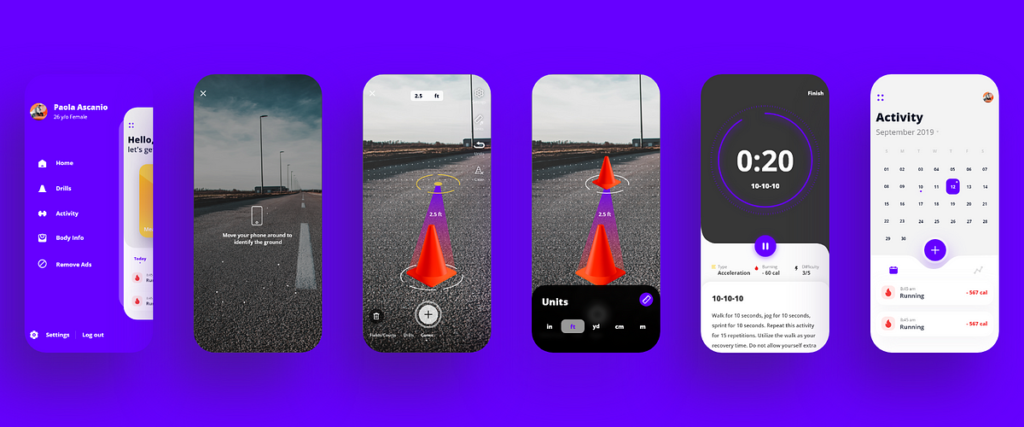
3. Social Integration and Multiplayer Challenges:
AR’s potential to enhance social interactions in entertainment, such as multiplayer gaming or shared experiences, brings forth challenges. Overcoming technical hurdles related to real-time synchronization, spatial mapping for shared environments, and ensuring a seamless connection between users in different physical locations is crucial for creating compelling social AR entertainment experiences.
4. Accessibility and Device Limitations:
AR entertainment must address the challenge of accessibility across various devices and platforms. Balancing the desire for rich, immersive experiences with the limitations of different hardware specifications, screen sizes, and processing power is essential. Ensuring that AR entertainment remains accessible to a broad audience while pushing technological boundaries is a delicate task.
5. Content Regulation and Privacy Concerns:
The immersive nature of AR entertainment raises concerns about content regulation and user privacy. Striking a balance between creative freedom for developers and protecting users from inappropriate or intrusive experiences is a challenge. Addressing privacy concerns related to the collection and use of personal data in AR entertainment applications is vital to build trust among users.
Successfully navigating these challenges will be pivotal in establishing augmented reality as a transformative force in solving entertainment problems. As technology advances and industry stakeholders collaborate to overcome these hurdles, AR has the potential to redefine how we engage with and consume entertainment content, offering novel and enriching experiences for users worldwide.
5 Benefits of Augmented Reality in the Educational Setting:
1. Interactive Learning Experiences:
AR can bring educational content to life by overlaying digital information onto physical objects. This creates interactive learning experiences, allowing students to engage with 3D models, simulations, and animations directly in their physical environment. This hands-on approach enhances comprehension and retention of complex concepts.
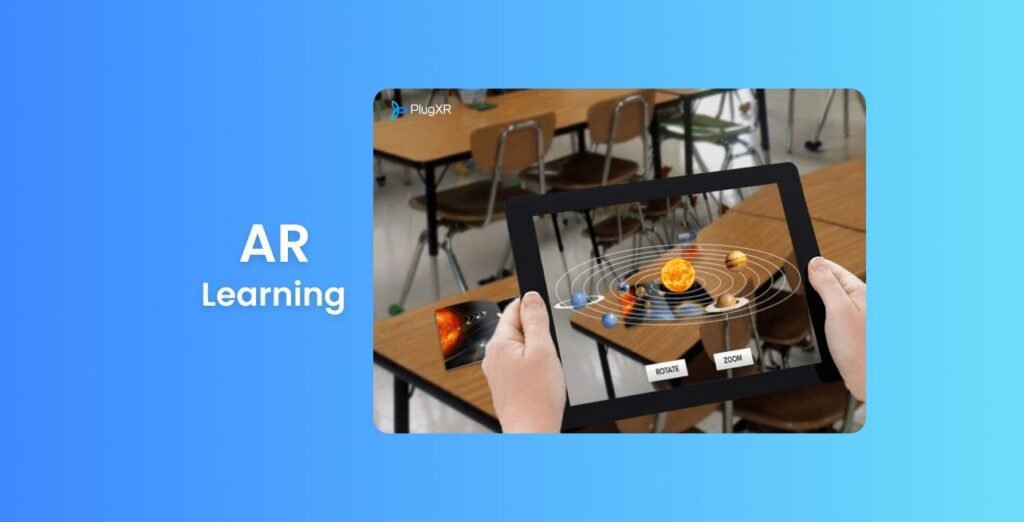
2. Virtual Field Trips:
AR enables virtual field trips, allowing students to explore historical sites, ecosystems, or landmarks without leaving the classroom. This immersive experience provides a deeper understanding of subjects and broadens students’ perspectives, making learning more engaging and memorable.

3. Augmented Textbooks and Materials:
Traditional textbooks can be augmented with interactive elements, turning static pages into dynamic learning resources. AR applications can provide additional information, quizzes, or multimedia content triggered by scanning specific pages, making textbooks more engaging and adaptive to different learning styles.
4. Language Learning Enhancement:
AR can enhance language learning by overlaying translations, pronunciations, and contextual information onto real-world objects. Students can use AR-enabled devices to practice language skills in realistic scenarios, such as navigating a virtual marketplace or engaging in conversations with virtual characters.
5. Simulations for Science and Experiments:
In science education, AR can facilitate realistic simulations and experiments. Students can virtually dissect animals, conduct chemistry experiments, or observe astronomical phenomena in a controlled and safe digital environment. This hands-on approach enhances practical understanding and reinforces theoretical knowledge.
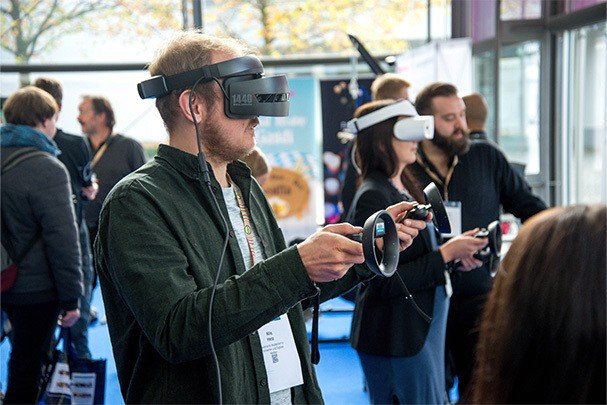
Integrating AR into educational settings has the potential to transform traditional teaching methods, making learning more dynamic, engaging, and accessible. As technology continues to advance, educators can leverage AR tools to cater to diverse learning styles and foster a more interactive and immersive learning environment.













